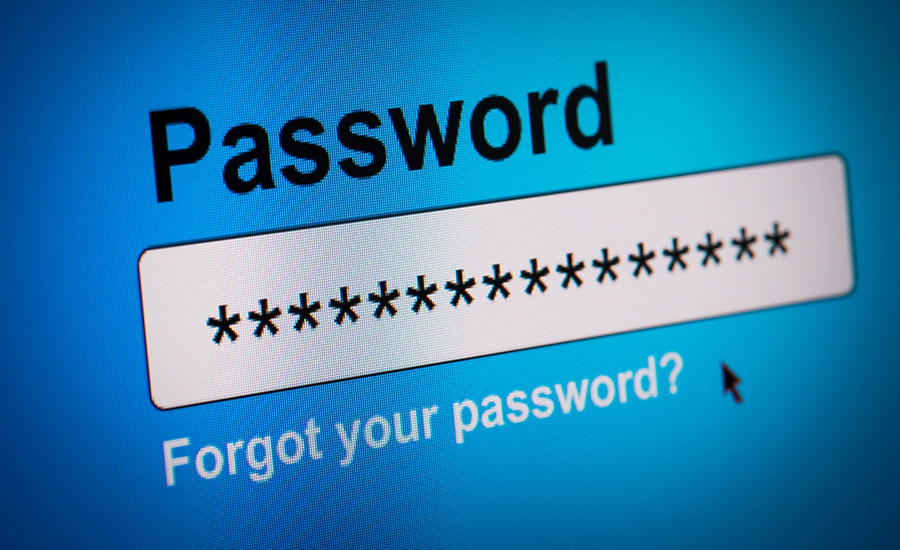Safety is critical in this modern world. Almost every day, we hear about data hacks. Ordinarily, attackers are most interested in passwords. A process called “password hashing” is one of the best ways to keep passwords safe. What is a password hash, though, and why is it so important? Let’s talk about what hashing is, what makes it special, and why it’s become such an important part of current security.
The Basics of Understanding Password Hashes
When we think about safe ways to store passwords, it’s essential to know that keeping a password in plain text is very dangerous. What if your website password was just saved as “mysecretpassword” in a database? If someone gets into this database, they can see your password right away, as well as the passwords for any other accounts you’ve used. This is where hashing comes in handy.

When you run a mathematical formula over a password, it turns it into a string of characters called a hash. When you enter something, like a password, the hash process turns it into a unique string of set length.
Importantly, it only works in one direction: it’s easy to turn a password into a hash, but almost impossible to turn it back into the original password. Hashing is a safe and effective way to store passwords because an attacker can’t easily figure out the original password even if they get the hash.
What’s the Difference Between Encryption and Hashing?
Hashing and encryption may look a lot alike at first glance. Both methods change the format of data, but they do so for different reasons and in different ways.

The purpose of encryption goes both ways. If you have the right decryption key, you can change something so that it can be decrypted again. Encryption is great for things like emails and stored files where only allowed people need to be able to read the data. But if someone gets their hands on the encrypted keys, they can read the original data.
Hashing, on the other hand, only works in one direction. Once data is hashed, it can’t be changed back to how it was before. The goal of hash methods is to make the reverse process impossible. Hashing is mostly used to check data, not to secure it so that it can’t be read later. This difference is very important for password safety because hashing makes sure that passwords stay secret even if the hash values are stolen.
How hashing passwords work?
A hashing method is used to check the password that the user makes. This algorithm takes in the password and returns a hash, which is a string of characters with a set length. Because each password is different, each hash will be different, so “mypassword123” and “password123” will both look completely unique. This is important: if you change the password even a little, like using “mypassword123!” instead of “mypassword123”, the hash will be entirely different.
SHA-256, bcrypt, and PBKDF2 are all common hashing methods. Older algorithms, like MD5 and SHA-1, used to be famous but aren’t thought to be safe anymore because computers have gotten faster and people have found ways to make collisions, which happen when two different inputs produce the same hash.
Why hashing is so important for security
The main reason for hashing passwords is to keep users’ information safe in case there is a data breach. Let’s say a hacker gets into a database that has hashed passwords. The hacker can’t get the users’ original passwords directly because these hashes can’t be reversed.
But hackers have come up with ways to try to guess hashed passwords, such as brute force attacks and rainbow tables. This is why current hashing methods, such as bcrypt and PBKDF2, are so important.
A salt is a made-up string that is added to a password before it is hashed. Each hash of a password is made with a different salt number, so even if two people share the same password, their hashes will be different. Hackers can’t use rainbow tables, which are pre-calculated hash tables, to break hashes.
Multiple rounds are possible with algorithms like bcrypt and PBKDF2. This means that the hash function can be run more than once, which makes the process slower and harder to break. Although computers today are very fast, this makes brute-forcing a password hash a very time-consuming job.
Keeping yourself safe from common threats
When hashing is paired with salting and strong algorithms, it provides strong defense against the following threats:
Brute Force Attacks: Hackers could figure out passwords with easy hashes by trying each and every possible combination over and over again. There are several tools free available which makes this relatively easy – for example Hydra, integrated into Kali Linux. Hash methods, such as bcrypt, can slow down the process, making it almost impossible for hackers to figure out passwords quickly.
In rainbow table attacks, hackers use lists of hash values that they have already calculated to try to match codes to the passwords that go with them. Because salting passwords makes each user’s hash unique, rainbow tables don’t work.
Collisions: Two different passwords can produce the same hash, which is called a hash collision. This can make security less safe. Modern hashing algorithms, such as SHA-256 and Argon2, are intended to produce unique hashes for each input, so the chance of collisions is low when you use them.
How hashing is used to manage passwords today
It is important for companies and developers to use secure password hashing methods. It is a basic security requirement to store passwords as hashed values instead of plain text. This also helps make sure that data protection laws are followed. Users should also be told to make strong, unique passwords for each account to protect themselves even more in case of a breach.
There is also a place for password hashing in two-factor authentication (2FA) and password managers. Plenty of password managers store user information in hashed form. This makes sure that even if someone gets into the manager’s database, each user’s passwords are still safe. If an attacker gets a hold of a copy of the password, they still can’t get into the account without the second factor.
Hashing a Password on WordPress
When it comes to generating a password hash on WordPress, the process is simpler than you might think. WordPress leverages a salted MD5 algorithm to securely convert your password into a hash, ensuring a higher level of security by incorporating unique salt values with each password. This method enhances the protection against potential attacks like rainbow table lookups.
For those looking for a quick and efficient way to create these password hashes, tools such as HashifyWP offer a user-friendly solution. With such tools, you can generate a password hash in less than a minute, streamlining your workflow and minimizing the complexity involved in password management.
HashifyWP simplifies this process by providing an intuitive interface where you just input your password, and within moments, a secure hash is produced. This hash can then be used directly within your WordPress database, whether for user authentication or other security implementations.
By using trusted tools or built-in WordPress functions, you can ensure your password hashes remain secure and compatible with WordPress’s hashing algorithms, reinforcing the security of your site and users.
Future of Password Hashing and Authentication
However, until passwordless systems become more widespread, password hashing remains one of the most reliable ways to secure user data. It allows companies and individuals to mitigate the damage from data breaches and safeguard user information.
As technology advances, the security landscape will continue to evolve. Quantum computing, for instance, has the potential to change how we view cryptographic security, as it could theoretically break current hashing algorithms. To prepare for this, researchers are already exploring quantum-resistant algorithms. Meanwhile, many companies are also exploring passwordless authentication, which relies on biometric data or public-key cryptography.
